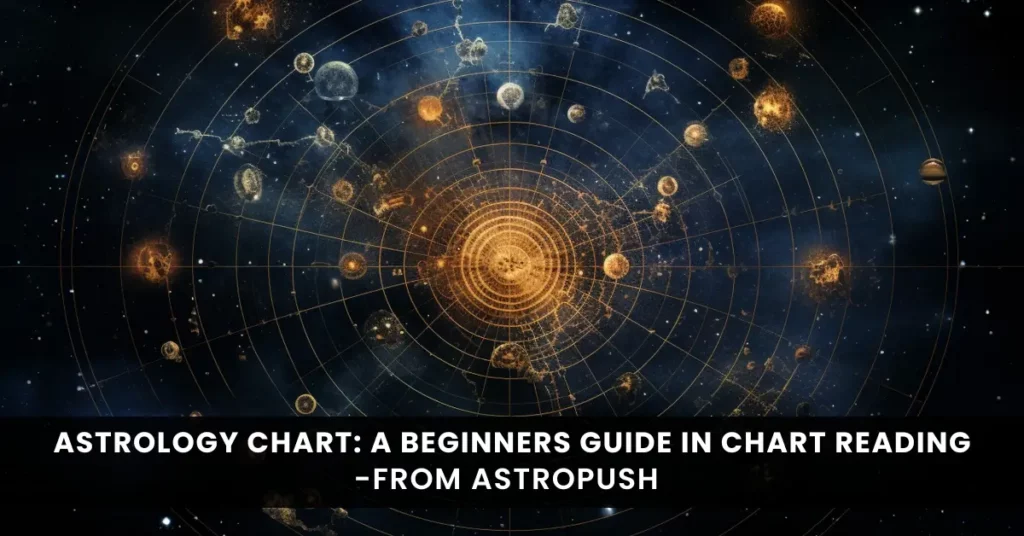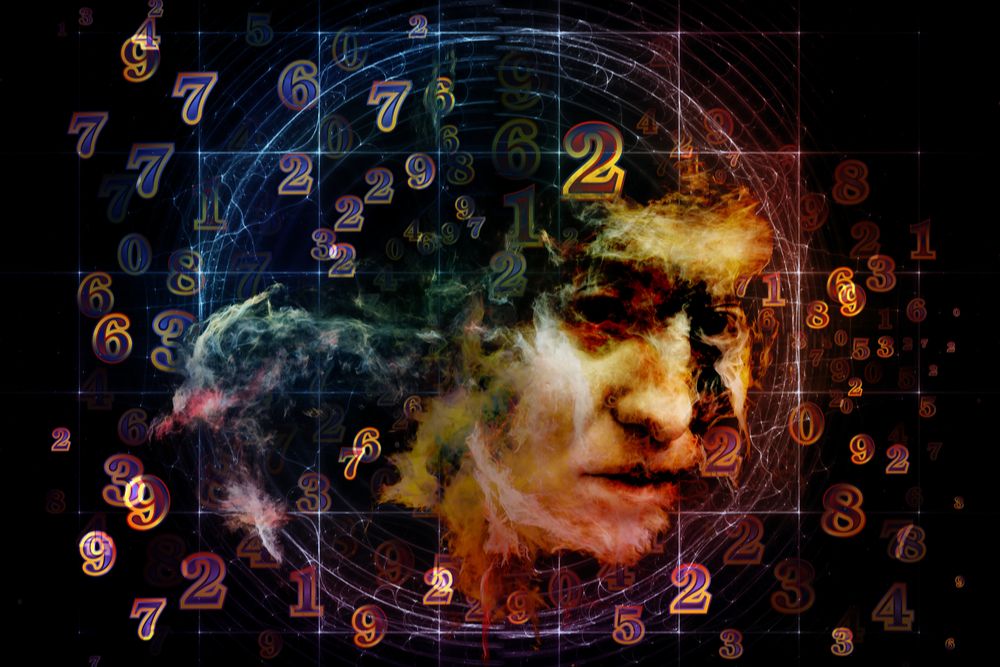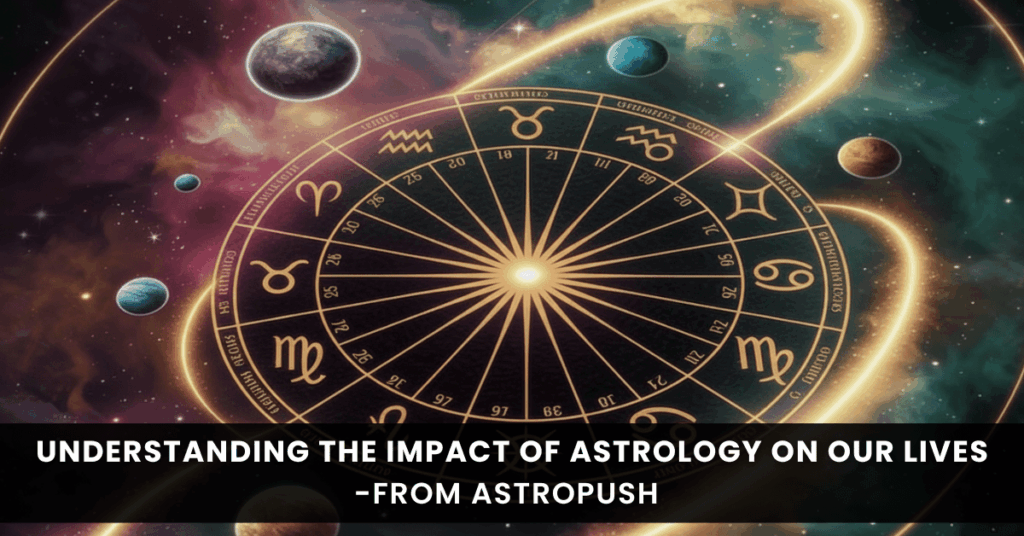Astrology Chart: A Beginner’s Guide in Chart Reading is designed to help you understand the basics of astrology and how to read your own chart. Whether you are new to astrology or have some knowledge, this guide will provide you with a comprehensive overview of the components and interpretations of an astrology chart. By the end of this blog, you will have a clear understanding of what an astrology chart is, how it is constructed, and how to interpret its various elements.
What is an Astrology Chart?
An astrology chart, also known as a natal chart or birth chart, is a map of the sky at the exact moment and location of your birth. This chart is divided into twelve sections, called houses, and includes the positions of the planets, the Sun, and the Moon. Each of these elements has a specific influence on different aspects of your life, personality, and destiny.

The Basics of an Astrology Chart
To understand an astrology chart, it’s important to know the basic components:
- The Planets: In astrology, the planets represent different aspects of your personality and life experiences. The Sun and Moon are also considered planets in astrology. Each planet has its own unique influence. For example, Mercury represents communication, while Venus is associated with love and relationships.
- The Zodiac Signs: There are twelve zodiac signs, each associated with specific traits and characteristics. Your Sun sign, which is determined by the position of the Sun at your birth, is the most well-known aspect of your astrology chart. However, each planet is also in a specific sign, which influences how that planet’s energy is expressed.
- The Houses: The twelve houses in an astrology chart represent different areas of life, such as career, relationships, and personal growth. The position of each planet in a specific house shows which areas of your life are most influenced by that planet.
- Aspects: Aspects are the angles between the planets in your chart. They indicate how the energies of the planets interact with each other. For example, a conjunction (0°) means that two planets are close together and their energies are combined, while a square (90°) indicates tension between two planets.
Also Read – Growth Tips for Every Zodiac Sign | Key for Attracting Opposite Gender
How to Read an Astrology Chart
Reading an astrology chart can seem complex, but breaking it down into steps can make it easier to understand. Here’s a step-by-step guide to reading your own chart:
Step 1: Gather Your Birth Information
To create an accurate astrology chart, you need your date, time, and place of birth. This information allows astrologers to calculate the precise positions of the planets at the moment of your birth.
Step 2: Generate Your Astrology Chart
You can generate your astrology chart using online tools or by consulting with an astrologer. AstroPush offers services like free kundli, free horoscope prediction, and personalized chart readings. You can chat with astrologer online free or talk to astrologer online free to get insights into your chart.
Step 3: Identify Your Sun, Moon, and Rising Signs
Your Sun sign represents your core identity and is determined by the position of the Sun at your birth. The Moon sign reflects your emotional nature, while the Rising sign (or Ascendant) represents how you present yourself to the world. These three signs provide a broad overview of your personality.
Step 4: Examine the Planets in the Houses
Look at the positions of the planets in the twelve houses of your chart. Each planet in a house influences different areas of your life. For example, if Venus is in your seventh house of relationships, it indicates a strong focus on partnerships and love.
Step 5: Understand the Aspects
Analyze the aspects between the planets in your chart. Positive aspects, like trines (120°) and sextiles (60°), indicate harmonious interactions, while challenging aspects, like squares (90°) and oppositions (180°), suggest areas of tension and growth.
Also Read – Dangerous Doshas In Kundali | Know How They Impact Your Life
Key Components of an Astrology Chart
To delve deeper into chart reading, it’s important to understand the specific influences of the planets, signs, and houses.
The Planets
- Sun: Represents your core self and life purpose.
- Moon: Reflects your emotions and inner self.
- Mercury: Governs communication and intellect.
- Venus: Influences love, beauty, and relationships.
- Mars: Represents energy, drive, and action.
- Jupiter: Symbolizes growth, expansion, and luck.
- Saturn: Associated with discipline, responsibility, and challenges.
- Uranus: Brings innovation and change.
- Neptune: Represents dreams, intuition, and spirituality.
- Pluto: Governs transformation and power dynamics.
The Zodiac Signs
Each zodiac sign has unique characteristics that influence the planets placed within them:
- Aries: Energetic, assertive, and pioneering.
- Taurus: Practical, reliable, and determined.
- Gemini: Curious, adaptable, and communicative.
- Cancer: Nurturing, sensitive, and emotional.
- Leo: Confident, creative, and charismatic.
- Virgo: Analytical, detail-oriented, and organized.
- Libra: Diplomatic, balanced, and social.
- Scorpio: Intense, passionate, and transformative.
- Sagittarius: Adventurous, optimistic, and philosophical.
- Capricorn: Ambitious, disciplined, and practical.
- Aquarius: Innovative, independent, and humanitarian.
- Pisces: Compassionate, intuitive, and artistic.
The Houses
The twelve houses in an astrology chart each represent different aspects of life:
- First House: Self-identity and appearance.
- Second House: Finances and values.
- Third House: Communication and intellect.
- Fourth House: Home and family.
- Fifth House: Creativity and romance.
- Sixth House: Health and daily routines.
- Seventh House: Relationships and partnerships.
- Eighth House: Transformation and shared resources.
- Ninth House: Philosophy and higher education.
- Tenth House: Career and public life.
- Eleventh House: Friendships and social networks.
- Twelfth House: Subconscious and spirituality.
Also Read – Transit in Astrology: Influence on your Personal and Professional Life
Tips for Beginners in Chart Reading
Reading an astrology chart can be overwhelming at first, but with practice, it becomes more intuitive. Here are some tips for beginners:
- Start with the basics: Focus on understanding your Sun, Moon, and Rising signs before diving into the details of the planets and houses.
- Use reputable resources: There are many online tools and resources available. Make sure to use reliable sources for generating and interpreting your chart.
- Take notes: Write down your observations and insights as you study your chart. This can help you track your progress and deepen your understanding.
- Consult an astrologer: If you’re unsure about any aspects of your chart, consider talking to an astrologer. At AstroPush, you can chat with astrologer online free or talk to astrologer online free for personalized guidance.
- Practice regularly: The more you study and interpret charts, the more confident you will become in your abilities.

Common Misconceptions About Astrology Charts
There are several misconceptions about astrology charts that can lead to confusion. Here are a few to be aware of:
- Astrology is not fortune-telling: An astrology chart provides insights into your personality and life patterns, but it does not predict specific events. It helps you understand your strengths, challenges, and potential.
- You are more than your Sun sign: While your Sun sign is important, it is only one part of your chart. Your Moon sign, Rising sign, and the positions of the planets all contribute to your unique astrological profile.
- Astrology is not deterministic: Your chart shows tendencies and potential, but you have free will. How you choose to respond to the influences in your chart is up to you.
Conclusion
Astrology Chart: A Beginner’s Guide in Chart Reading provides you with the foundational knowledge to start exploring the fascinating world of astrology. By understanding the basic components of an astrology chart, you can gain valuable insights into your personality, life path, and potential. Remember, astrology is a tool for self-awareness and growth. If you ever need assistance, AstroPush offers services like chat with astrologers, talk with astrologers, free kundli, horoscopes, marriage kundali matching, numerology free prediction, panchang, and much more. You can connect with the best astrologer in India anytime through our application. Happy chart reading!



